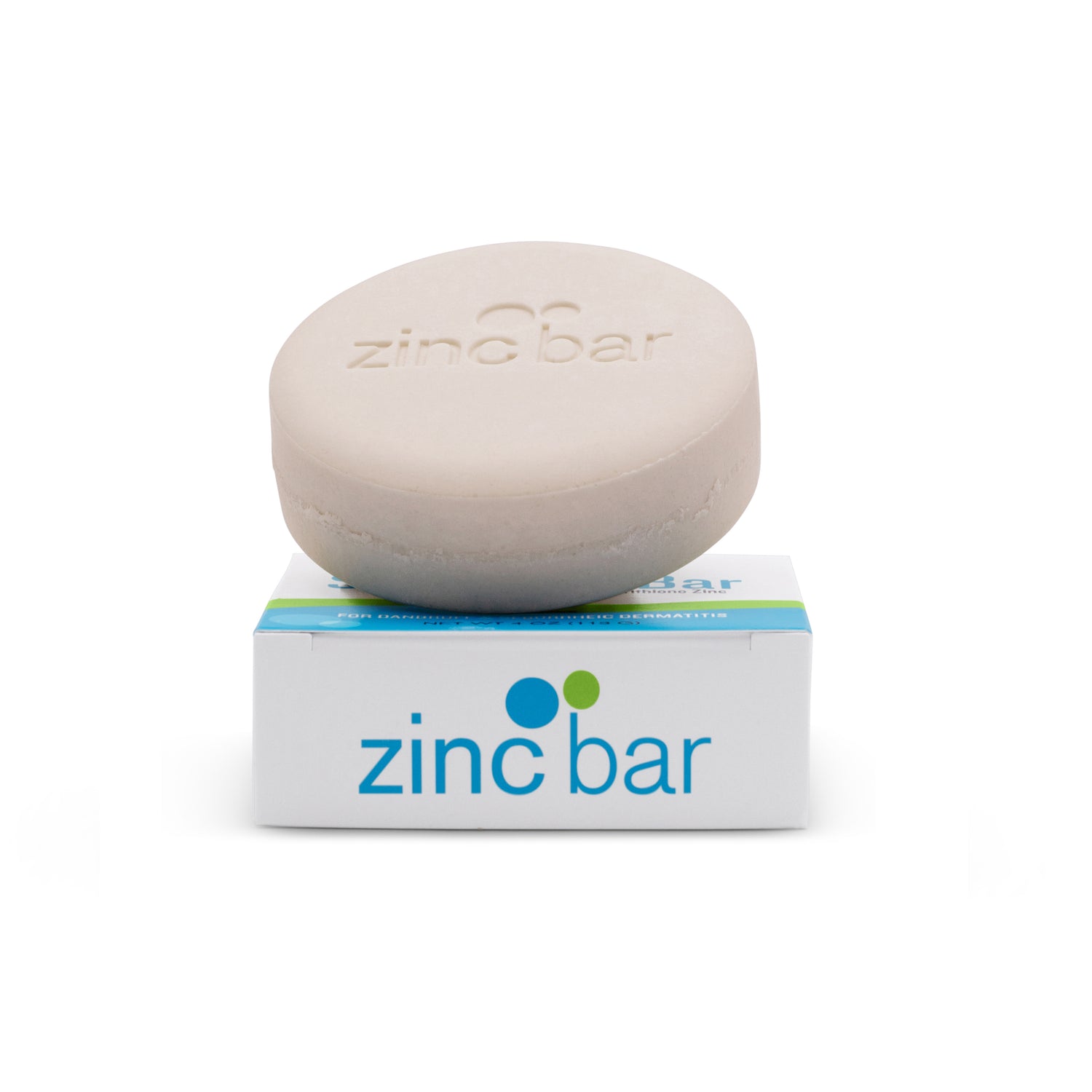Milk Thistle
True milk thistles belong to the genus Silybum (Adans.), flowering plants of the Aster (daisy) family. While native to the Mediterranean regions of Europe, North Africa and the Middle East, milk thistles have so prolifically naturalized in North America that they are now categorized an invasive weed. The medicinal herb Silybum marianum is by far the most widely known species in this group, and fortunately there is much good to say about it, too.
The fruit and seeds of milk thistle have been used for more than 2000 years as a treatment for liver and biliary (gallbladder) disorders. Theophrastus - a successor to Aristotle in the 4th century BC - is believed to have been the first to describe medicinal use of this plant, under the name of "Pternix," and it has been mentioned systematically in all major Western medicinal herbaria since, from Pliny the Elder (1st century AD) to the present. Worldwide, milk thistle is deservedly one of the most commonly prescribed medicinal plants.
The active substance derived from milk thistle seed is silymarin, which is a mixture of 70-80% flavonolignans plus 20-30% undefined compounds. The single largest producer of milk thistle is a company called Madaus in Germany, which makes an extract of concentrated silymarin. The flavonolignans primarily consist of the following isomers: silybin (or silibinin), isosilybin, dehydrosilybin, silychristin, and silydianin. (In the biological literature, silybin is referred to as silibinin.)
Evidence exists that milk thistle may be hepatoprotective through a number of mechanisms including:
- antioxidant activity
- toxin blockade at the membrane level
- enhanced protein synthesis
- antifibriotic activity
- possible anti-inflammatory or immunomodulating effects
Milk thistle is believed to provide some assistance with liver diseases (e.g. viral hepatitis, jaundice, cholangitis, cirrhosis and liver cancer) and gallbladder symptoms. Not only does it protect liver cells from incoming toxins, but it simultaneously encourages the liver to cleanse itself of toxic substances such as drugs, medications, alcohol, mercury, heavy metals, pesticides, poisonous mushrooms and anesthesia. It strengthens the liver to function more effectively, helps to lessen kidney and bladder irritations, and mildly lubricates the bowels.
Synonyms: Silybum eburneum Coss. and Durieu., known as the silver milk thistle, elephant thistle, or ivory thistle. Silybum marianum (L.) Gaertner, the blessed milk thistle, has many other common names, such as variegated thistle.
Molecular Formula: C25H22O10
Melting point (Mp): 158° C (anhydrous substance); 167° C (monohydrate) (Budavari, 1996)
Milk thistle is a gentle and mild laxative or stool softener. It is also a demulcent, meaning that it soothes and moistens the mucous membranes. It reduces inflammation in the kidneys and bladder. Milk thistle increase the flow of bile into the intestines and may promote the movement of kidney stones.
The effects of silymarin on toxic liver damage (mostly induced by overuse of alcohol), chronic liver disease, and disease caused by certain drugs have been thoroughly reviewed by medical experts in a wide range of double-blind studies. The conclusion - basic lab and clinical data suggest silymarin is a therapeutically useful medicinal plant product that stabilizes the cell membrane and stimulates protein synthesis. In addition, silymarin accelerates the process of regeneration of damaged liver tissue.
Milk thistle is a powerful herb for supporting the liver to purify the blood and one of the best herbs for skin disorders. Patients with skin conditions, including acne and severe eczema, have reported a clearing of skin impurities; healing of redness and inflammation; dramatic softening and moistening of dry, cracking skin; and a noticeable glow and radiance to the skin quality with continued use.
Possible adverse effects of milk thistle use
- Headache
- Nausea, diarrhea, dyspepsia, flatulence, abdominal bloating, abdominal fullness or pain, anorexia, changes in bowel habits
- Asthenia, malaise, and insomnia
- Skin reactions (pruritus, rash, urticaria, and eczema)
- Rhinoconjunctivitis
- Anaphylaxis (rarely seen)

